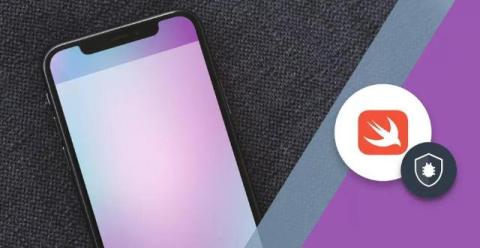SwiftUI Grid: Learn to build complex layouts
In this article we’ll look at Grids in SwiftUI. We’ll see what they are, how they are used, and explain tricks for how to use them in our SwiftUI app. This is a technical article that is heavily code-based. But we’ll aim to be simple and concise, so you can learn something new regardless of your technical level.










